The top stories in cycling from 2016
The headlines that defined cycling this year

Looking back on the past year, cycling has seen some major stories. Here are the top headlines, the stories that defined the year and going forward are unlikely to be forgotten.
The inaugural UCI Women’s WorldTour

The UCI reformatted women’s cycling in 2016 in an effort to better showcase and professionalize it. Though not perfect, the inaugural women’s UCI Women’s WorldTour featured exciting racing across 17 events around the world. The overall title was won by American Meagan Guarnier whose Boels-Dolmans team took a strangle hold early on winning the first five events. Canadian Leah Kirchmann sat second overall when the series wrapped up in Madrid in September.
Many of the events overlapped with the men’s events meaning women’s cycling drew greater crowds and the UCI made an effort to better broadcast the races. By all accounts, it was an improvement on the previous format though work will continue in coming season. At the end of the season, the UCI announced that four new events would be added to the Women’s WorldTour in 2017 with the men’s WorldTour receiving 11 new events.
Femke Van den Driessche gets caught with a motor in her bike
Years after the first allegations of motorized cheating were made in cycling, Belgium cyclocross rider Femke Van den Driessche became the first cyclist caught by the UCI for technological fraud using motor assistance in a competition. At the UCI cyclocross world championships in Heusden-Zolder, Belgium, a check of Van den Driessche’s bike revealed she had a motor installed. In April, the now 20-year-old was retroactively banned for six years.
The discovery and allegations that motors were being used in road cycling prompted an investigation by the French television station Stade 2 into mechanical cheating in road racing. In a segment released in April, the station alleged mechanical cheating was being used at the professional level in road cycling.
The UCI have developed technology for checking bikes for motors and over the season thousands of checks were undertaken.
Antoine Demoitie passes away after moto crash at Gent-Wevelgem
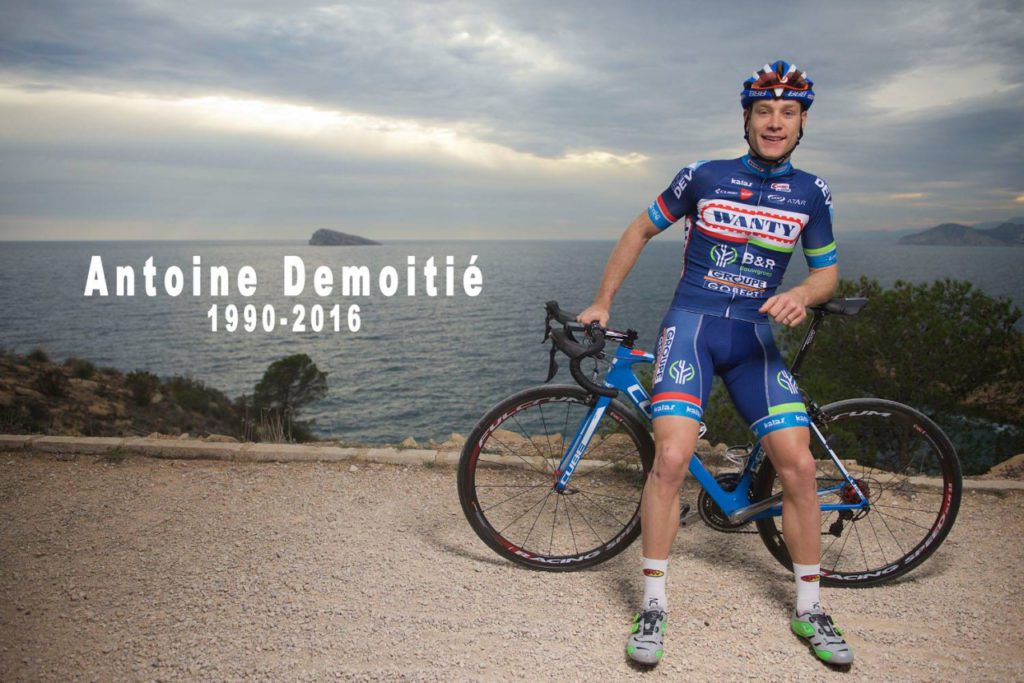
Unfortunately, crashes between cyclists and motorized vehicles in races became a defining theme in 2016. At Gent-Wevelgem, 25-year-old Belgian Antoine Demoitie passed away after a collision with a race motorcycle prompting outrage and rule changes. The issue, however, did not fade to the back burner with Lott-Soudal’s Stig Broeckx’s only recently coming out of a coma from an injury suffered after a collision between two motorcycles which caused a pileup at Tour of Belgium.
Three major WT race organizers want to reduce the size of the peloton in order to make the environment safer but in order for that change to take place teams, representatives from the pro peloton and other stakeholders all need to agree. So for now, rule changes regarding the conduct of people in control of a car or motorcycle in a road race has been the only response to safety concerns regarding motorized vehicles in races.
Chris Froome runs up Mont Ventoux
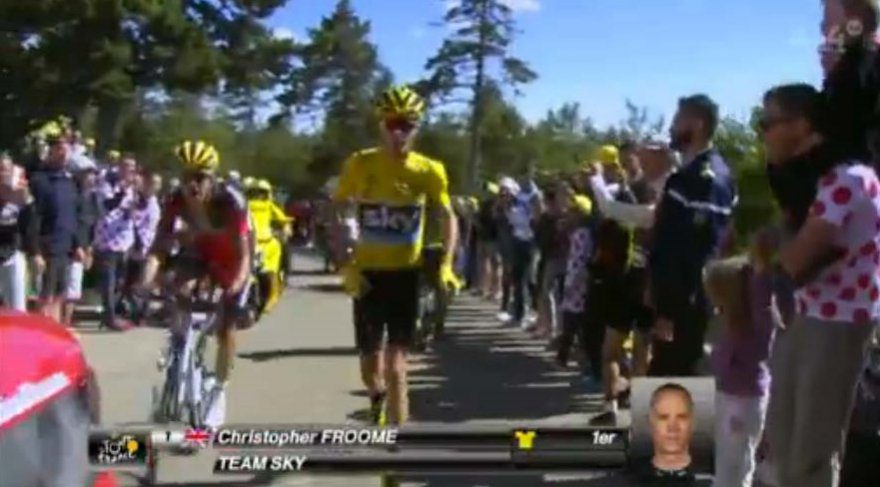
Perhaps the defining image of the 2016 Tour de France was Chris Froome running up the slopes of the iconic Mont Ventoux. In a chaotic and shortened stage won by breakaway artist Thomas de Gendt, Froome was caught in a crash involving Richie Porte, Bauke Mollema and a race motorbike that was held up because of the crowd.
Froome’s bike was wrecked in the crash and instead of standing on the side of the road to wait for a replacement from his team car, in desperation to hold onto the race lead Froome began running. The race jury ended up deciding to negate the gains made by Froome’s general classification rivals but the images of Froome running are sure to go down in Tour history.
The Olympics

The four-year Olympic cycle is one national federations and riders anticipate. The stakes are higher and road, mountain bike, track and BMX riders will build their seasons around the Games. The Rio Olympics lived up to the hype producing the drama, story lines, and excitement that catches people’s attention.
RELATED: Pendrel’s resilience leads to Olympic bronze
From Nino Schurter winning his career first Olympic gold medal in men’s mountain biking after capturing a silver medal and a bronze medal in the two previous Olympics to the dramatic road races that featured relentless racing and dramatic crashes, cycling was often in the spotlight. Veterans Kirstin Armstrong and Cancellara capped off their careers with wins in the individual time trial. Greg Van Avermaet and Anna van der Breggen won the nail-biting road races. Jenny Rissveds surged to the front early took the women’s mountain bike title.
On the track, Dutch cyclist Laurine van Riessen did what seemed impossible riding on the velodrome wall to avoid a crash. World records were broken by Great Britain in the women’s and men’s team pursuit.
Fancy bears TUE leaks
 Following the Olympics, a Russian hacking group that goes by the name Fancy Bears began leaking stolen therapeutic use exemption records acquired by stealing information from WADA’s database. Olympic athletes from numerous major sports were implicated including British Tour de France winners Bradley Wiggins and Chris Froome.
Following the Olympics, a Russian hacking group that goes by the name Fancy Bears began leaking stolen therapeutic use exemption records acquired by stealing information from WADA’s database. Olympic athletes from numerous major sports were implicated including British Tour de France winners Bradley Wiggins and Chris Froome.
TUEs are a legal way for athletes to use substances that are normally banned for medical purposes.Though within the rules, many were questioning whether the system was being abused by athletes seeking compeditive advantages.
It was revealed that Wiggins received three TUEs for intramuscular injections of the drug triamcinolone, a powerful corticosteroid before the 2011 and 2012 Tour de France, and the 2013 Giro d’Italia intended to treat hay fever. The performance gains Wiggins would have gained by the administration of this drug so close to a major competition made many suspect that it was an abuse of the system.
The UCI and many athletes have said that the use of TUEs needs to be more transparent to eliminate the possibility of the system being abused.
Rachel Atherton’s perfect season
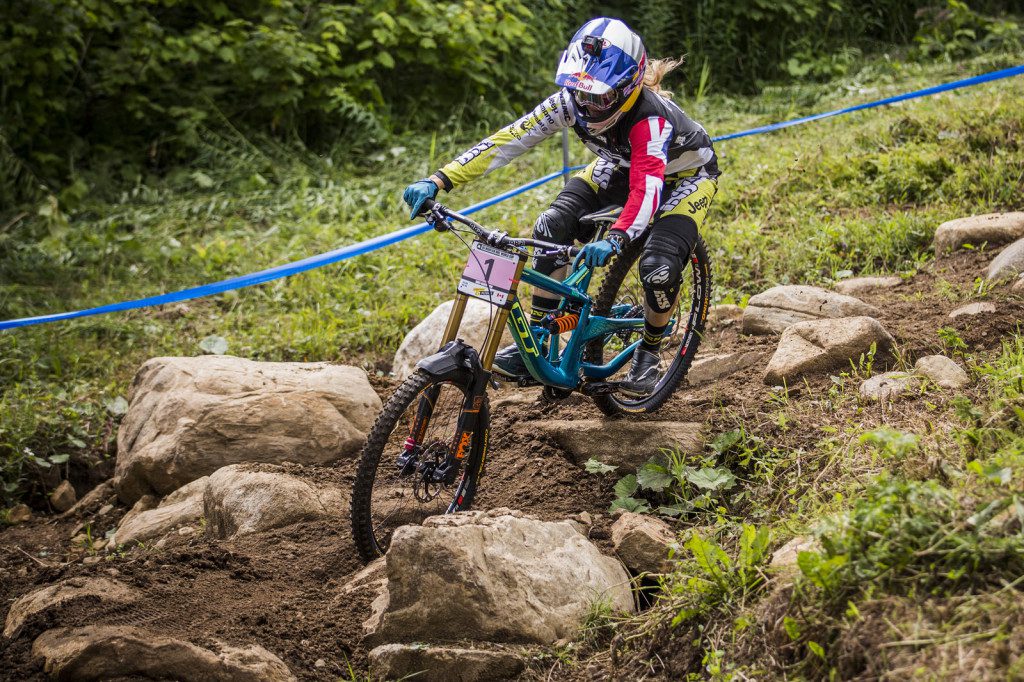
British downhill mountain biker Rachel Atherton had an astonishingly dominant season in 2016 winning every single round of the World Cup in an unbeaten run that stretches back 10 rounds into 2015. Atherton didn’t stop there on her way to capping off a perfect season claiming her fourth career world championship title.
Peter Sagan puts to rest the myth of the rainbow curse and then doubles up as world champion
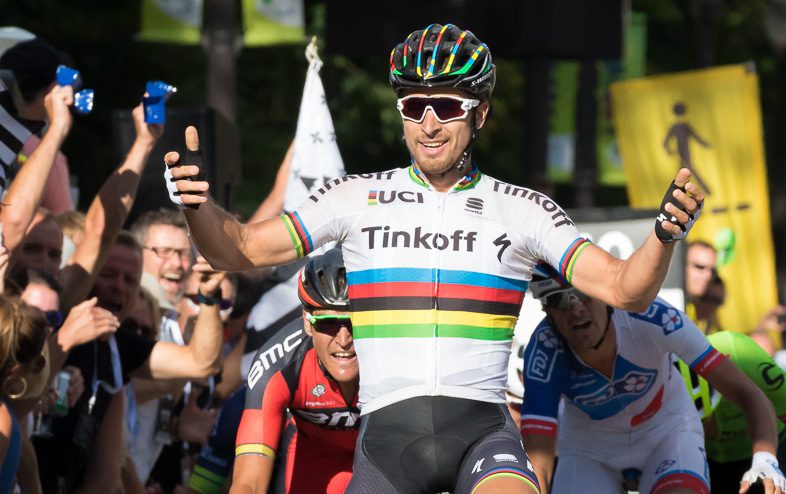
Peter Sagan’s 2016 season was nothing short of phenomenal. Missing some of the big career defining wins on his palmares, Sagan silenced his critics and doubters with one of the most dominant seasons in recent memory and eradicated any myth of the curse of the rainbow jersey.
In 2016, Sagan won his first monument at the Ronde van Vlaanderen, became the rider with the most stage wins at the Tour de Suisse winning two stages, won two stages at the Tour de California. At the Tour de France Sagan won three stages, wore the yellow jersey for three stages and took home his fifth consecutive green jersey. Sagan also won the European championship title, Gent-Wevelgen and the Grand Prix Cycliste de Québec. This haul landed Sagan the top spot in the UCI WorldTour overall standings.
Sagan then defended his rainboww stripes at the world championships in Doha, Qatar. Sagan outsprinted two former world champions in Mark Cavendish and Tom Boonen after 250-km of aggressive racing ensuring he would don the rainbow stripes as he moves to a new outfit for 2017.
Copenhagen first city to have more bikes than cars

For the first time in a major urban center, bicycles outnumer motorized vehicle‘s in Denmark’s capital city of Copenhagen. After building the infastructure and making major investments to encourage cycling, the number of bicycles surpassed the number of cars in the cities core creating a model cities around the world can look to in order to implement strategies that encourage cycling.
Disc brakes are allowed, then banned, then allowed again
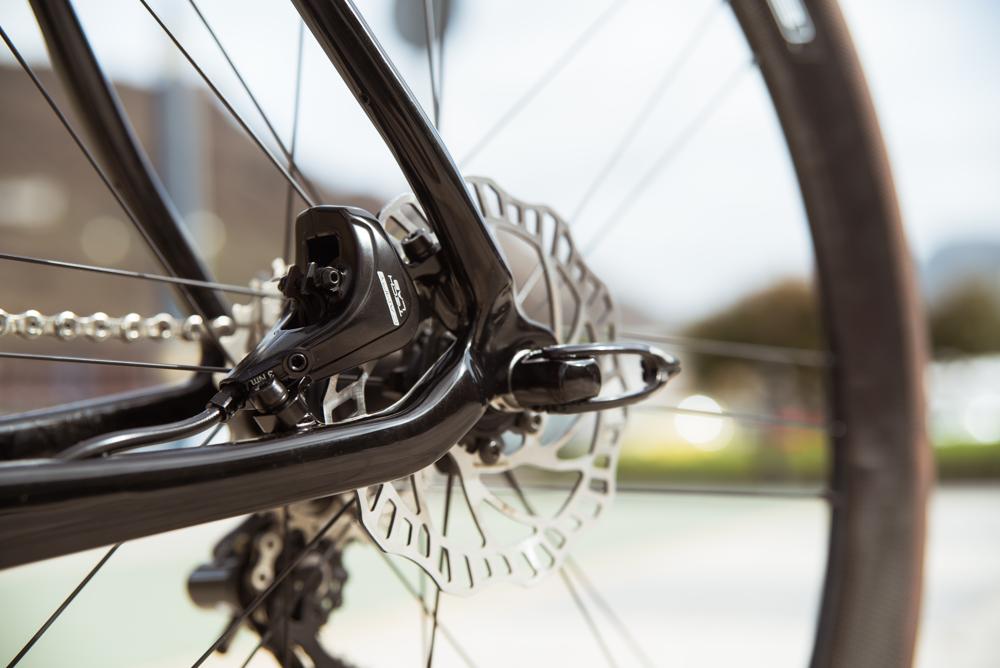
Disc brakes were trialed at WorldTour races in 2016 ushering in what could prove to be major overhaul in bike technology at the proffesional level. Despite riders concerns, the technology was tried but after a crash that raised safety concerns at Paris-Roubaix the trial was suspended. Many vocal riders were supportive of the ban but it appeared to be an unsettled matter.
In September the UCI announced the disc brake ban would continue indefinitely but then in October this decision was once again reversed with the UCI saying that trials would restart in 2017. So it seems likely we will see disc brakes at the sports top level in 2017. Whether disc brakes will become common place in road racing is yet to be seen.
Did we miss a story you thought defined the year? Let us know in the comments below.

